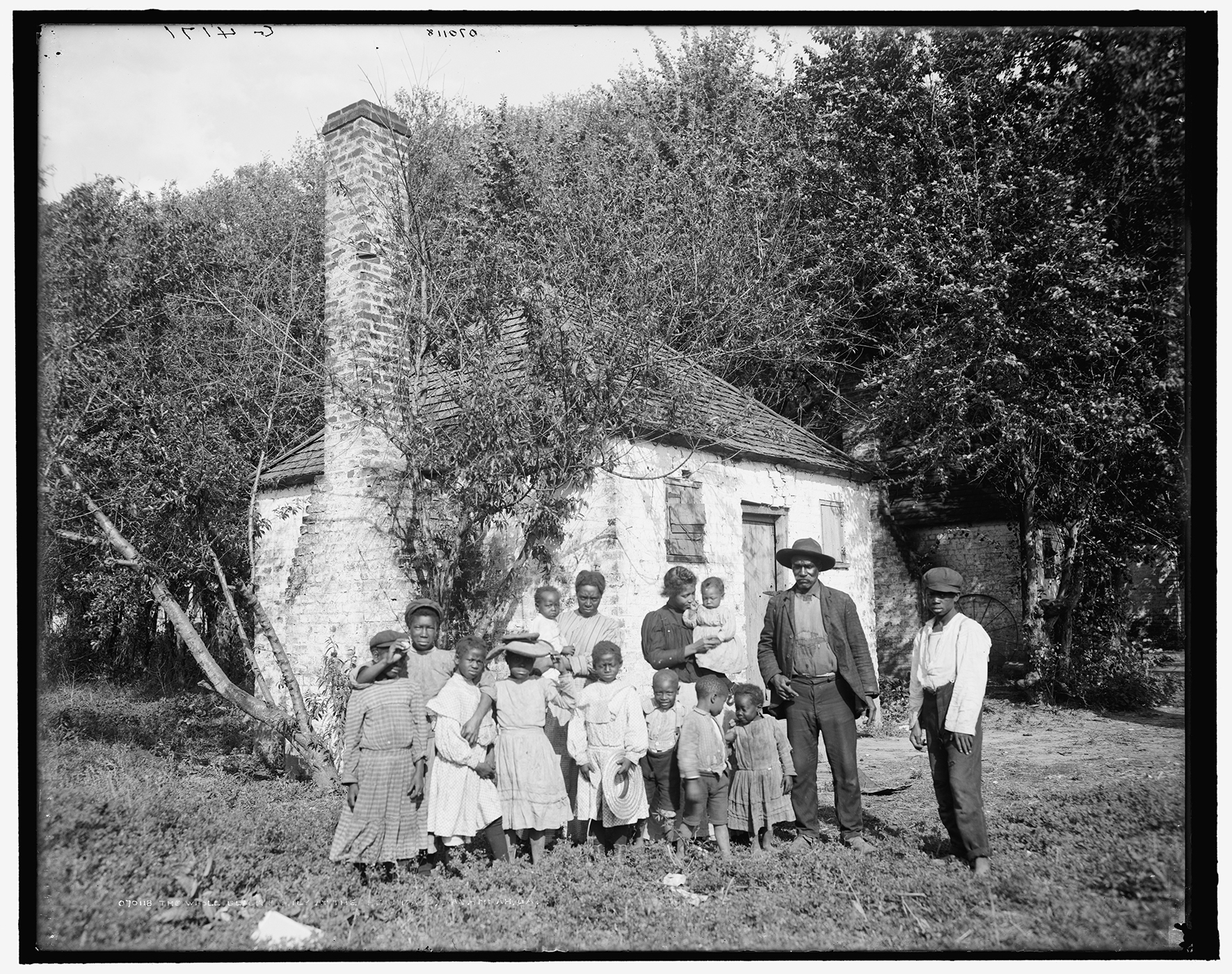
Why preserve slave houses?
A positive cultural shift in acknowledgment of the legacy slavery in America seems to be gaining some momentum. It is vital for our national self-worth to give a voice to enslaved individuals and to recognize and present authentic and truthful accounts of slavery. Stories of enslaved people, told in part by the houses they inhabited have the capacity to facilitate our nation’s efforts to collectively move forward from the legacy of slavery.
In order to stimulate this momentum, assumptions made about the interpretation and preservation of the living and working environments of enslaved people need to be challenged and the methodologies used to research and interpret those environments need to be updated.


What is a Slave House?
A slave house is like every other American home – a sacred place. A slave house was where family was, so it was a place where enslaved people found strength and comfort from one another; but at the same time, it was a place that imposed physical limitations and psychological trauma. A slave house simultaneously embodies suffering, yet perseverance and strong family bonds.


“Slave house” includes all buildings in which housing for enslaved people was one of the functions. It was very common for enslaved people to work and live in the same space. This is especially true for kitchens and wash houses, because these services were always in high demand. Today, slave houses and the stories that they encapsulate, are safe places that allow all of us to heal as we reflect on the sacrifices of the past and the racism and inequality that continue today
To learn more on how and why I preserve slave houses click on the links below:
“A Voice Out of Slavery,” Not Even Past Podcast, Season 3, Episode 5, April 26, 2019.
“Saving Slave Houses Project,” American Artifacts, C-SPAN3 American History TV, October 8, 2017.
“Green Hill Plantation,” American Artifacts, C-SPAN3 American History TV, October 29, 2017.

